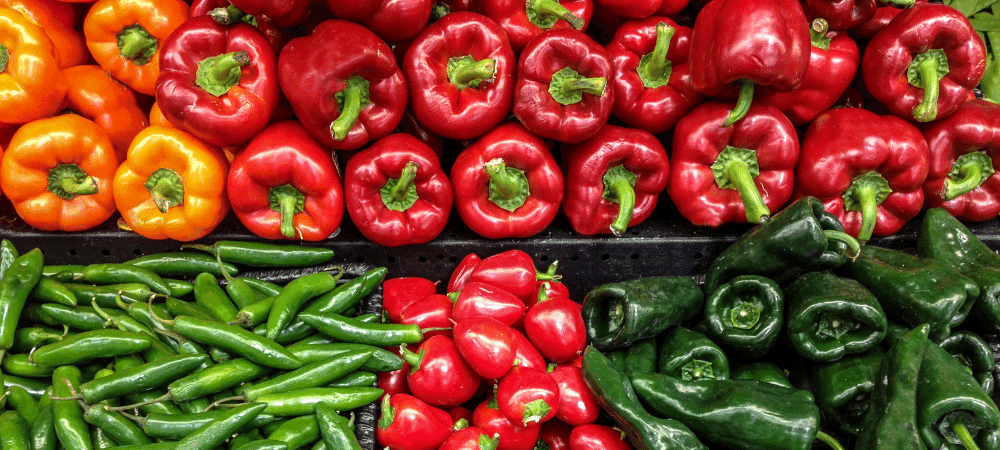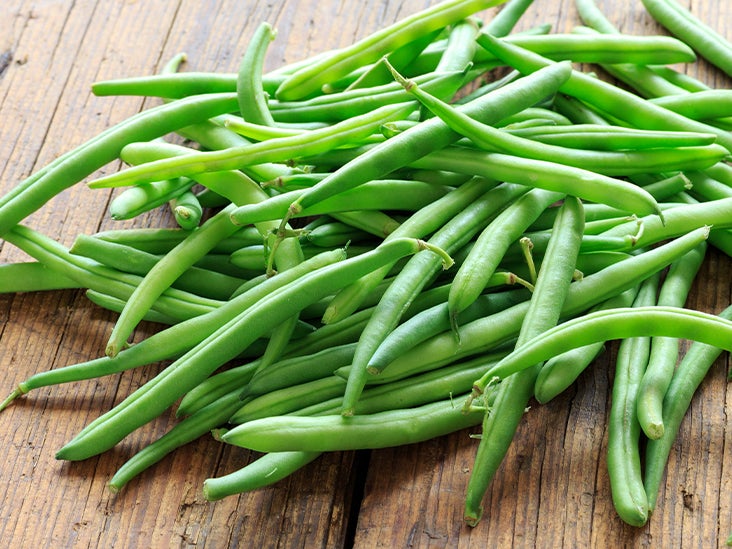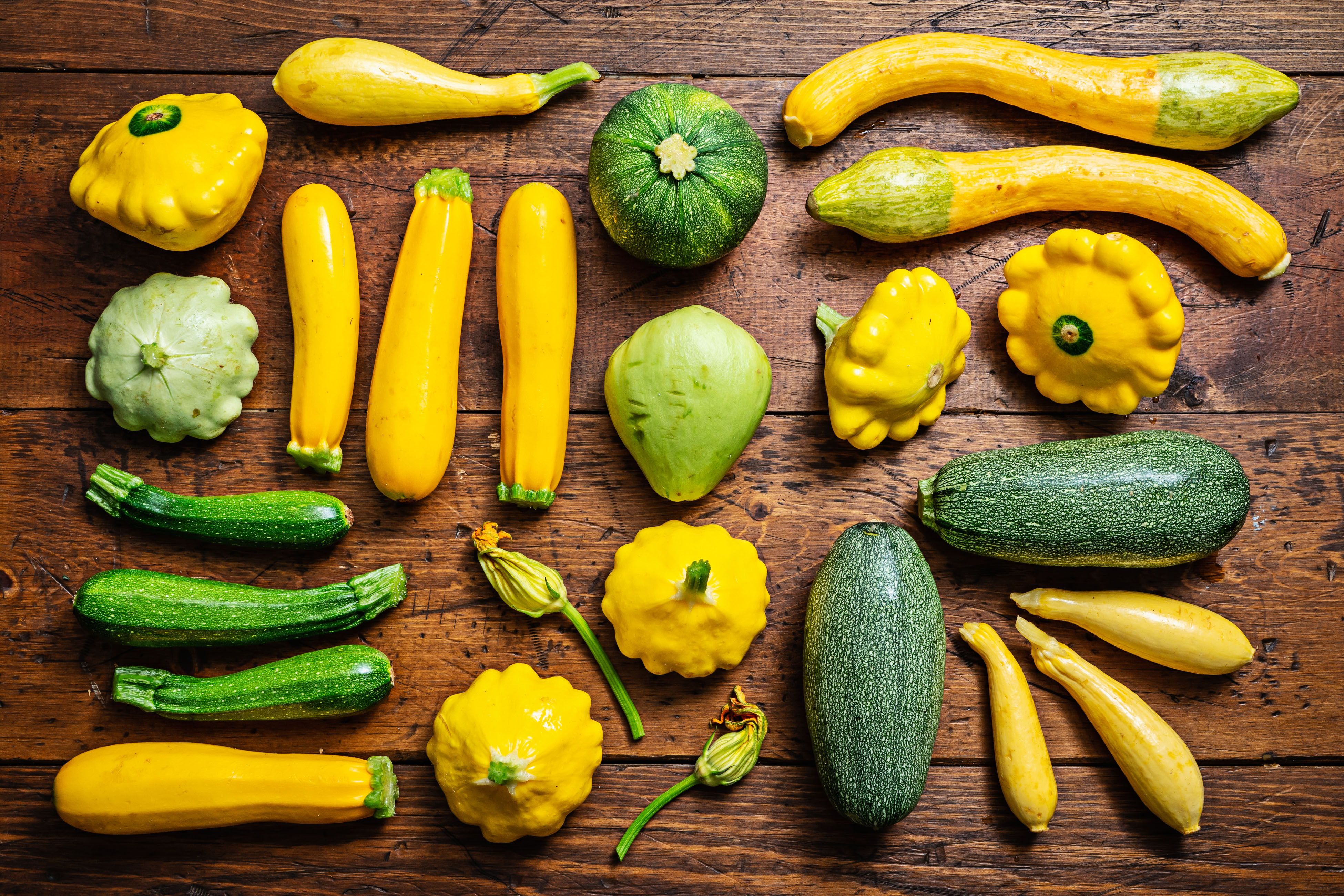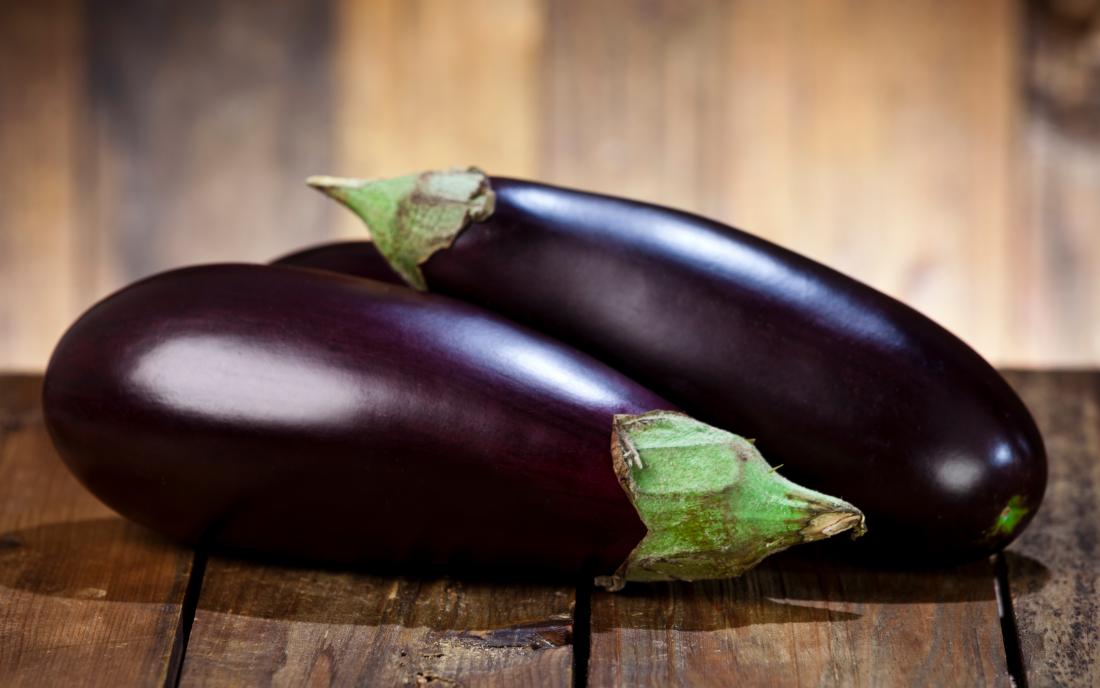And
The word "and" is one of the most common words in the English language. It is used to connect two or more words, phrases, or clauses. For example, we can say "I like apples and oranges" or "The cat and the dog are playing in the yard."
The word "and" can also be used to express a variety of other meanings, such as addition, coordination, and concession. For example, we can say "I have two apples and three oranges" to express addition. We can also say "The cat and the dog are playing in the yard, but the bird is flying away" to express coordination. And we can say "I would like to go to the store, and I would also like to go to the park" to express concession.
The word "and" is a versatile word that can be used in a variety of ways. It is a valuable tool for communication, and it can help us to express our thoughts and ideas clearly and concisely.
[Introduction]
The word "and" is one of the most common words in the English language. It is used to connect two or more words, phrases, or clauses. For example, we can say "I like apples and oranges" or "The cat and the dog are playing in the yard."
The word "and" can also be used to express a variety of other meanings, such as addition, coordination, and concession. For example, we can say "I have two apples and three oranges" to express addition. We can also say "The cat and the dog are playing in the yard, but the bird is flying away" to express coordination. And we can say "I would like to go to the store, and I would also like to go to the park" to express concession.
In this blog post, we will explore the different meanings of the word "and" and how it can be used in a variety of contexts. We will also discuss the history of the word "and" and how it has evolved over time.
[Main Content]
The word "and" is thought to have originated from the Old English word "and". The Old English word "and" was used to connect two or more words, phrases, or clauses. It also had the same meanings as the modern word "and", such as addition, coordination, and concession.
The word "and" has been used in the English language for centuries. It is one of the oldest words in the English language, and it is still used today in the same way that it was used centuries ago.
The word "and" can be used in a variety of ways. It can be used to connect two or more words, phrases, or clauses. It can also be used to express a variety of meanings, such as addition, coordination, and concession.
[Strong and Engaging Language]
The word "and" is a simple word, but it can be used in a variety of ways to create strong and engaging language. For example, we can use "and" to create a sense of rhythm and flow in our writing. We can also use "and" to add emphasis or to create a sense of suspense.
Here are some examples of how to use the word "and" to create strong and engaging language:
- "The cat and the dog and the bird were all playing in the yard." (This sentence uses "and" to create a sense of rhythm and flow.)
- "I went to the store and I bought some apples and I also bought some oranges." (This sentence uses "and" to add emphasis.)
- "I was about to go to bed and then I heard a noise and I got scared." (This sentence uses "and" to create a sense of suspense.)
[Conclusion]
The word "and" is a versatile word that can be used in a variety of ways. It is a valuable tool for communication, and it can help us to express our thoughts and ideas clearly and concisely.
In this blog post, we have explored the different meanings of the word "and" and how it can be used in a variety of contexts. We have also discussed the history of the word "and" and how it has evolved over time.
We hope that this blog post has given you a better understanding of the word "and". We encourage you to use the word "and" in your own writing and to experiment with the different ways that it can be used.
Are you looking for delicious and nutritious summer vegetables? Visit Home Gardening to learn more about two of the most popular summer vegetables: cucumbers and tomatoes. Cucumbers are a refreshing and hydrating vegetable that is low in calories and fat. Tomatoes are a good source of vitamins A and C, as well as lycopene, an antioxidant that has been linked to a reduced risk of cancer.
In addition to providing nutritional benefits, cucumbers and tomatoes are also versatile vegetables that can be enjoyed in a variety of dishes. Cucumbers can be eaten raw, pickled, or grilled. Tomatoes can be eaten raw, cooked, or used in sauces, soups, and stews.
No matter how you enjoy them, cucumbers and tomatoes are a great way to add flavor and freshness to your summer meals. Visit Home Gardening today to learn more about these two delicious summer vegetables!
FAQ of two summer vegetables
- Question: What are two summer vegetables that are good to grow in India?
- Answer: Two summer vegetables that are good to grow in India are brinjal and cucumber. Brinjal, also known as eggplant, is a member of the nightshade family and is native to India. It is a warm-season crop that prefers full sun and well-drained soil. Cucumber is a vining plant that is also native to India. It is a cool-season crop that prefers partial shade and moist soil.
- Question: What are the nutritional benefits of brinjal and cucumber?
- Answer: Brinjal is a good source of dietary fiber, potassium, and vitamins A and C. Cucumber is a good source of water, potassium, and vitamin K. Both brinjal and cucumber are low in calories and fat.
- Question: How do I cook brinjal and cucumber?
- Answer: Brinjal can be cooked in a variety of ways, including roasting, grilling, and stir-frying. Cucumber can be eaten raw, cooked, or juiced.
- Question: How do I store brinjal and cucumber?
- Answer: Brinjal can be stored in the refrigerator for up to 3 days. Cucumber can be stored in the refrigerator for up to 7 days.
- Question: What are some common pests and diseases that affect brinjal and cucumber?
- Answer: Some common pests that affect brinjal and cucumber include aphids, whiteflies, and spider mites. Some common diseases that affect brinjal and cucumber include bacterial wilt, powdery mildew, and mosaic virus.
Image of two summer vegetables
Cucumber:
Tomato:
Zucchini:
Bell pepper:
Peas:
Green beans:
Squash:
Eggplant:







Post a Comment for "And"